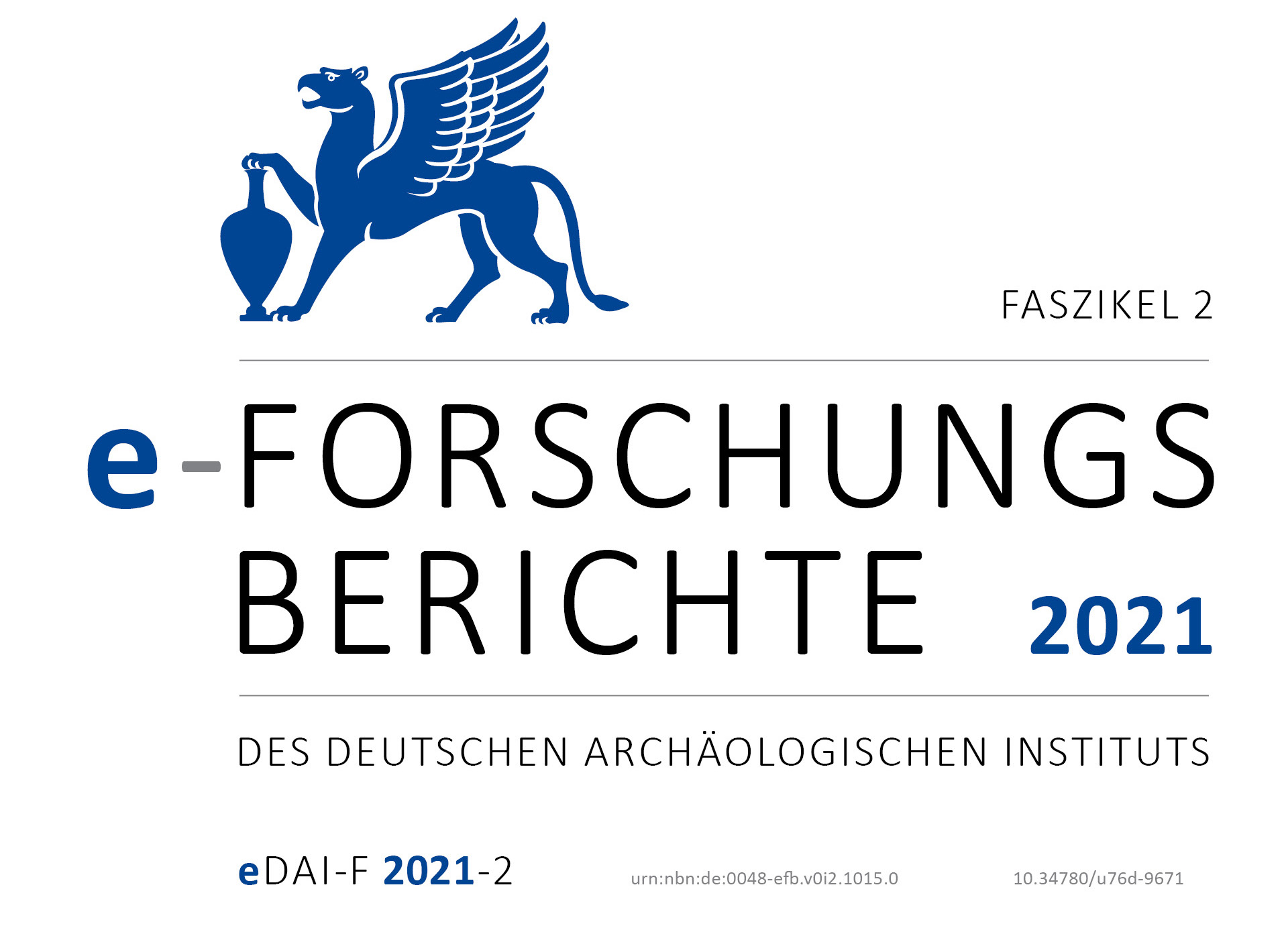Maikop, Russische Föderation. Neues zur Domestikation des Pferdes. Die Anfänge führen in den Kaukasus während des 4. Jahrtausends v. Chr. Aktuelle Resultate 2021
https://doi.org/10.34780/dq4f-17i2
Abstract
A new palaeogenetic study by Ludovic Orlando and his team at the Centre for Anthropobiology and Genomics of Toulouse, CNRS / Université Toulouse III – Paul Sabatier, in which also scientists from the DAI were involved, has now shed new light on the horse domestication. The study published in Nature 2021, which was carried out within the framework of the ERC project »PEGASUS«, shows that there were in fact two different domestication processes. The first time horses were domesticated was in the mid-4th millennium BC in the Kazakh steppe. The best known site of the first domestication (DOM1) is Botai. However, these early domestic horses were replaced by a genetically distinct second domestication type (DOM2), which became dominant in lager parts of western Eurasia around 2200 BC. At present, the oldest ancestor of the new DOM2 horse may be considered to be a horse found in a burial mound of the Aygurskiy 2 necropolis in the steppe zone north of the Caucasus, dated to the second third of the 4th millennium BC.
Parole chiave:
Platzhalter





